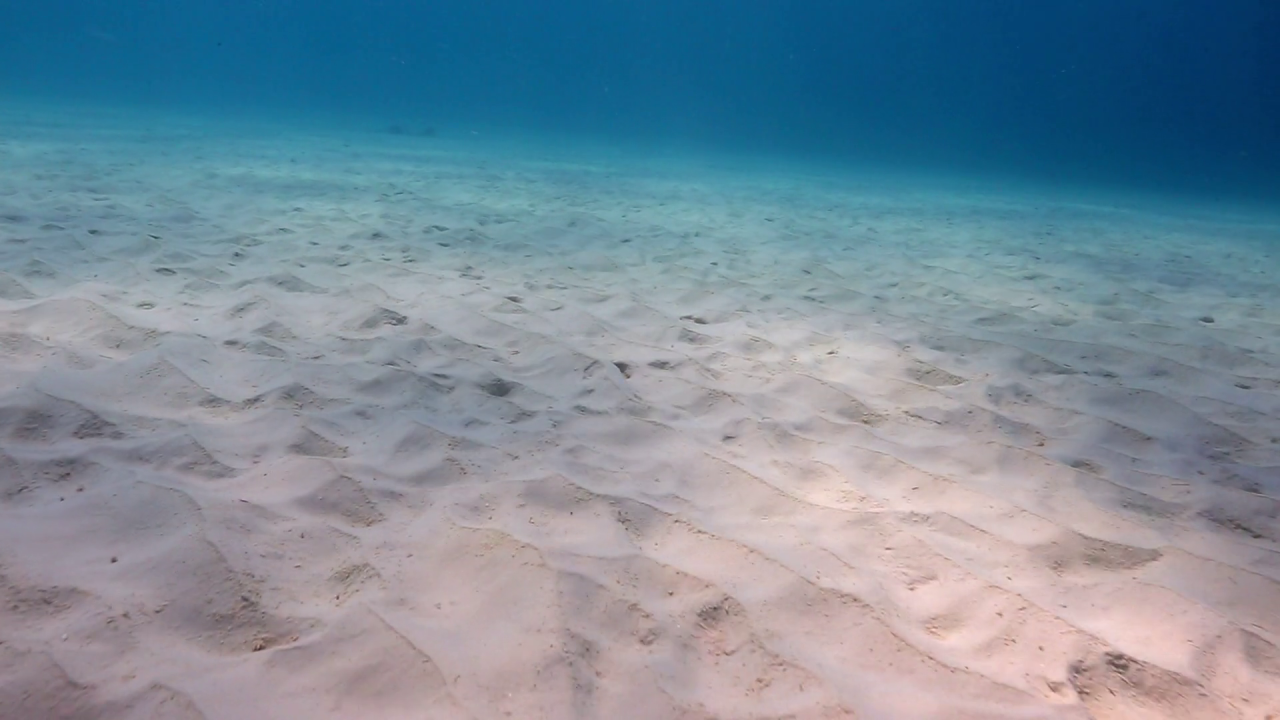

Tom Searle Sandy Ocean Floor
Wilding principles on land will hold up in our oceans too
Wilding is an ecological conservation and regeneration concept gathering steam in the UK and Europe. It is a relatively new principle that moves away from high intensity species and habitat specific management, towards a hands off approach – allowing nature to heal itself.
This style of regeneration was pioneered at Knepp Castle in the UK and the huge success that it enjoyed has paved the way for other projects. Now there are more than 20 >1500 acre rewilding sites across the UK with many more to follow.
This style of regeneration works exceptionally well at delivering biodiversity and biomass returns. Rafts of endangered birds, butterflies, small mammals, reptiles and frogs all rapidly return to these sites once the wilding processes have begun. Once the biomass has returned it provides valuable ecological services such as carbon and nutrient sequestration, flood prevention, pollination and pest control.
However, the rapid resurgence relies on the mosaic of small pockets of nature scattered around our landscape. These pockets act as reservoirs for our biodiversity; they add resilience to our natural systems.
If there are no biodiversity reservoirs then the story is very different. The natural processes take far longer to engage. A desert will not turn into a forest on its own over the course of a few decades. It may not return ever. In these cases interventions have to be made in order to catalyse the initiation of the wilding processes.
On land the most common intervention is tree planting. An unbelievable example of this is what has been happening in China over the last 50 years. Vast tracts of desert such as the Maowusu have simply disappeared from the map. They are slowly turning into lush forest because of enormous reforestation programs. These forests act as the substrate for the remaining mobile ecology to return.

Image: Maowusu Desert from https://www.linkedin.com/redir/general-malware-page?url=News%2eCn
Now, to focus on the ocean, particularly the North Sea; this is a stretch of water that has lost more than 85% of its substrate, its marine forests – the oyster reef and associated seaweeds and kelps. Oysters are a foundational, keystone, ecosystem building species. They turn the sandy desert sea floor into a hard substrate for seaweed to lay their anchors, for crabs and benthic organisms to roam and for juvenile fish to call their nurseries. If we want to have any chance of mimicking the success that terrestrial projects have had, we have to look at the North Sea like the Maowusu desert. Intervention and “reforestation” is a necessity.
Because of our shifting baseline, no one alive remembers the bounty that oyster reef ecosystems in the North Sea provided us. Marine protein, carbon and nutrient sequestration, coastal erosion prevention and cleaning to name a few.

Image: Grey Seal in the North Sea by Mike Clarke
The next step is to work out what the most cost effective protocol is for large scale reintroduction. What types of interventions to use, how they are designed and shaped and where the most effective locations to place them are. Working at sea adds a layer of cost, technical and legal complexity to the equation. Oyster Heaven is working on resolving this equation. Our designs and ideas are trained on how to super-size the academic research already out there. It took China four decades to complete the great green wall project. I hope the job in the North Sea can succeed in a similar time.

Make a measurable difference for the ocean today.
You can now adopt a Mother Reef and help restore 100 oysters!

